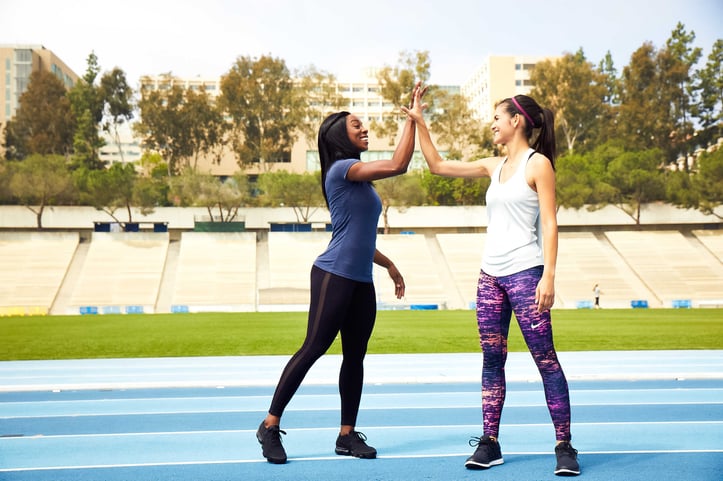Static Stretching & Injury Prevention: Science, Myths, and When to Stretch
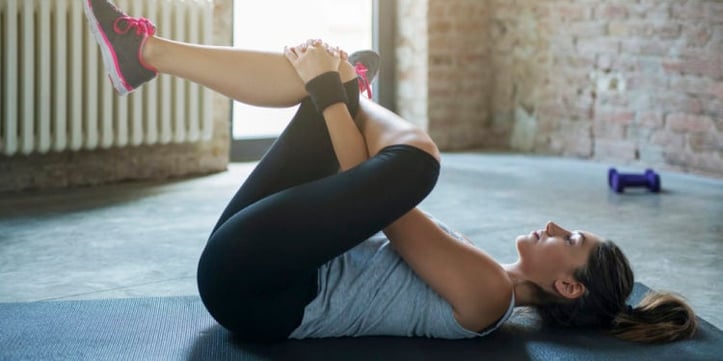
Static Stretching & Injury Prevention: Science, Myths, and When to Stretch
If you’re like most fitness enthusiasts, you’ve probably held a hamstring stretch for 30 seconds before hitting the gym, assuming it’ll keep you injury-free. But does static stretching—holding a stretch without movement—actually prevent injuries? Let’s cut through the myths with science and practical advice.
The Science: What Studies Say About Static Stretching and Injury Risk
For years, static stretching was a pre-workout staple, but recent research paints a nuanced picture. A 2017 meta-analysis in the Journal of Strength and Conditioning Research (JSHS) reviewed 27 studies involving over 12,000 participants. The conclusion? Static stretching before exercise showed no significant reduction in overall injury risk compared to no stretching or dynamic warm-ups. Another study by the American Council on Exercise (ACE) found that while static stretching improves flexibility, it temporarily reduces muscle elasticity—critical for explosive movements like sprinting or lifting heavy weights—potentially increasing strain risk in high-force activities.
However, context matters. A 2020 NIH-funded study on long-distance runners revealed that post-run static stretching (holding each stretch for 30–60 seconds) reduced delayed-onset muscle soreness (DOMS) by 23% over 48 hours, indirectly lowering the risk of overuse injuries from repeated micro-tears.
Why Static Stretching Isn’t a ‘One-Size-Fits-All’ Injury Preventer
The key lies in when and how you stretch. Here’s the mechanism at play:
- Pre-exercise: Static stretching relaxes muscle spindles (sensors that detect rapid stretching), which can blunt your nervous system’s ability to activate muscles quickly. This is why athletes performing power moves (e.g., box jumps) often opt for dynamic stretches (e.g., leg swings, carioca) instead—they prime the muscles for action without reducing elasticity.
- Post-exercise: After training, muscles are warm and more malleable. Static stretching here helps lengthen tight fascia (connective tissue), improve joint range of motion, and enhance recovery—all of which lower the risk of chronic imbalances that lead to injuries over time.
A New Insight: Population-Specific Benefits
Most studies focus on athletes, but what about you—the weekend warrior or gym beginner? A 2022 NASM (National Academy of Sports Medicine) report found that sedentary individuals with tight hip flexors or hamstrings do benefit from daily static stretching (3x/week, 30 seconds per muscle) to correct postural imbalances—imbalances that, left unaddressed, increase injury risk during workouts.
Practical Tips: Optimize Your Stretching Routine
- Pre-workout: Replace static stretches with dynamic movements. Try:
- Leg swings (forward/backward, 10 reps per leg)
- Walking lunges with a torso twist
- Arm circles (large, controlled motions)
- Post-workout: Prioritize static stretching for 5–10 minutes. Focus on muscles you used most (e.g., quads after squats, lats after pull-ups). Hold each stretch for 30–60 seconds—no bouncing!
- Daily maintenance: If you sit all day, stretch tight areas (hip flexors, chest) for 20–30 seconds, 2–3x/day. Try a low lunge for hips or a doorway chest stretch.
The Bottom Line
Static stretching isn’t a magic injury shield, but it’s far from useless. Use it after workouts to aid recovery and daily to fix imbalances. For pre-workout, stick to dynamic moves to keep muscles primed. Remember: consistency beats perfection—even 5 minutes of intentional stretching can make a big difference in your long-term resilience.
Action Step: Tonight, after your next workout, spend 5 minutes stretching your quads, hamstrings, and shoulders. Notice how your muscles feel the next day—you might be surprised by the difference!
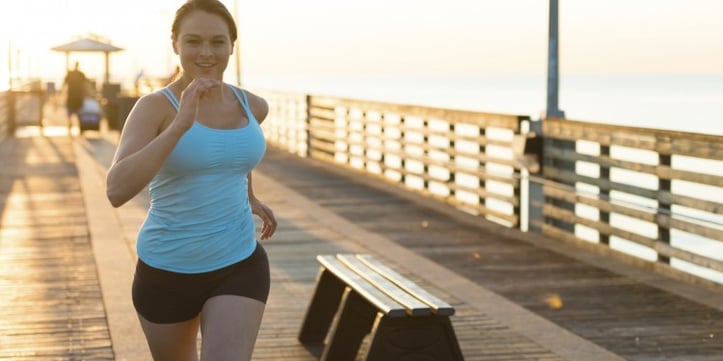
Fit vs Fat: Decoding Health's True Ruler

Pump Up Your Heart: Science-Driven Weight Loss
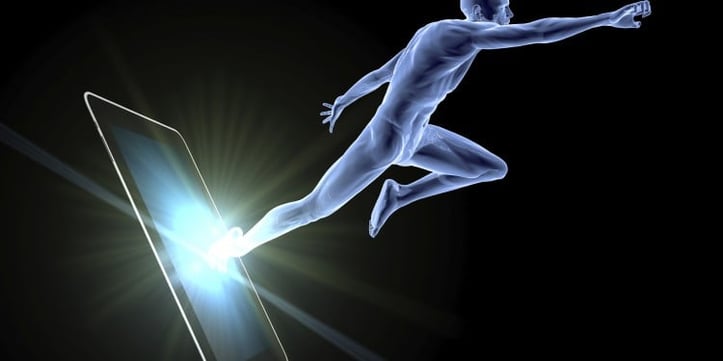
Wellness Technology: Your Path to Sustainable Weight Loss

A Sensible Guide to Dietary New Year's Resolutions
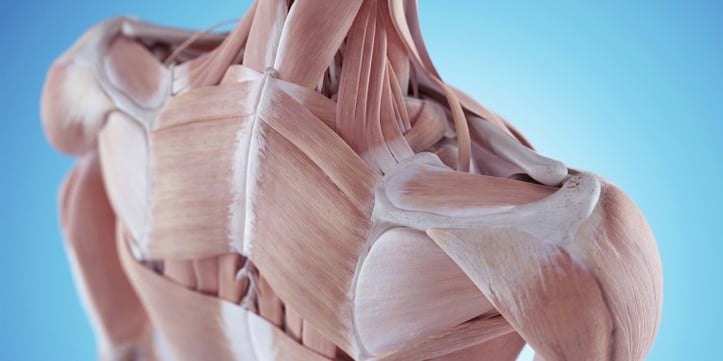
Prevent Shoulder and Rotator Cuff Injuries with Corrective Exercises
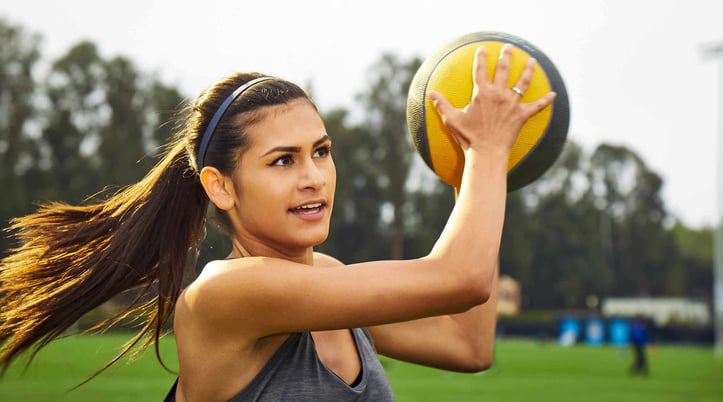
Overcome Fitness Plateaus: 4 Tips for Success
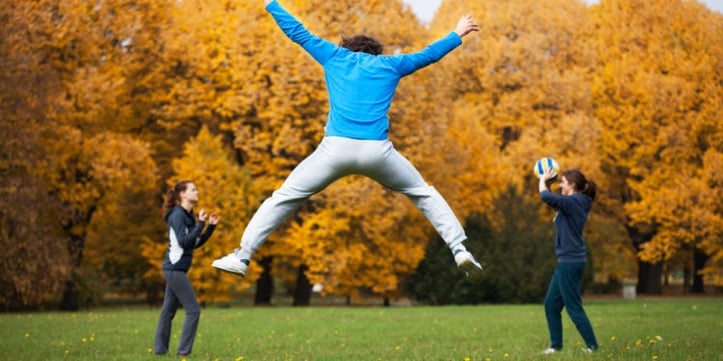
10 x 10 Thanksgiving Day Circuit: A Fitness Guide
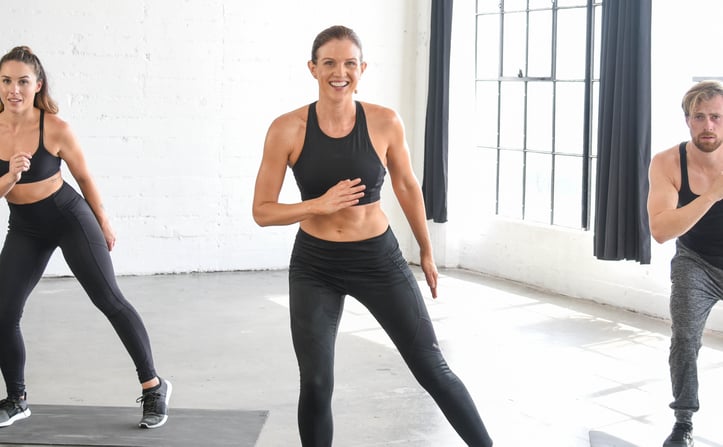
Unleash Your Fitness Potential with Kit Rich's Training Secrets
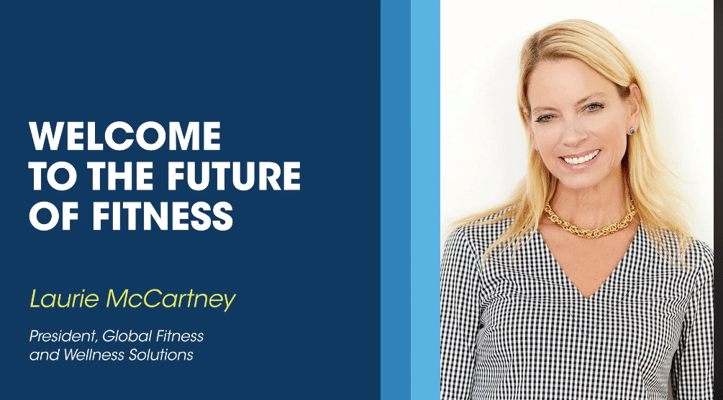
The Future of Fitness: A Guide for Beginners to Intermediates
